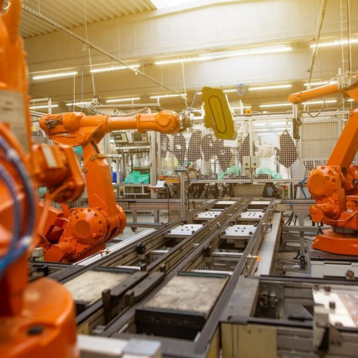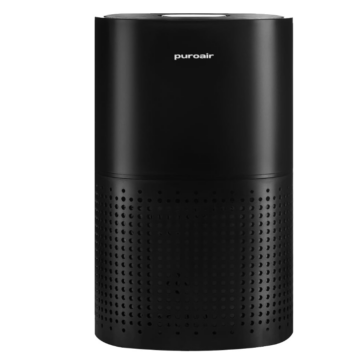Most electronic devices have been built on rigid, flat chips. Over the past decade, engineers have started building circuits on bendable sheets. The researchers have taken things further and put high-quality silicon circuits on stretchable, rubberlike surfaces. The advantage of a stretchable circuit is that it can conform over curvy surfaces, whereas bendable devices can’t.
The spherical camera is a sensor array that can withstand a curve of about 50 percent of its original shape without breaking, allowing it to be removed from the stiff wafer on which it was originally fabricated and transferred to a rubberlike surface. The array consists of a collection of tiny squares of silicon photodetectors connected by thin ribbons of polymer and metal. After being removed from the stiff wafer the photodetectors are transferred to a piece of rubberlike material that was previously formed into a hemisphere shape.
The sensor array is connected to a circuit board which in turn is connected to a computer which controls the camera. A globelike cover fitted with a lens mimics the cornea as the sensor array mimics the retina of a human eye.
Although the camera’s resolution is only 256 pixels, the researchers are not frustrated. Constantly moving from side to side capturing snippets of images, the brain pieces the snippets together to form a complete picture. In the same way, the scientists run a computer program that makes the images crisper by interpolating multiple images taken from different angles.
The most immediate application for these eyeball cameras, says Rogers, is most likely with the military. The simple, compact design could be used in imaging technology in the field. And while the concept of an electronic eye conjures up images of eye implants, at this time the team is not collaborating with other researchers to make these devices biocompatible. However, the team isn’t ruling out the possibility in the future.
TFOT recently covered a camera based on the human eye as well a magnet controlled camera developed by a team from the Fraunhofer Institute for Biomedical Engineering in Sankt Ingbert, Germany.
More about the new spherical camera can be found on the University of Illinois website.










